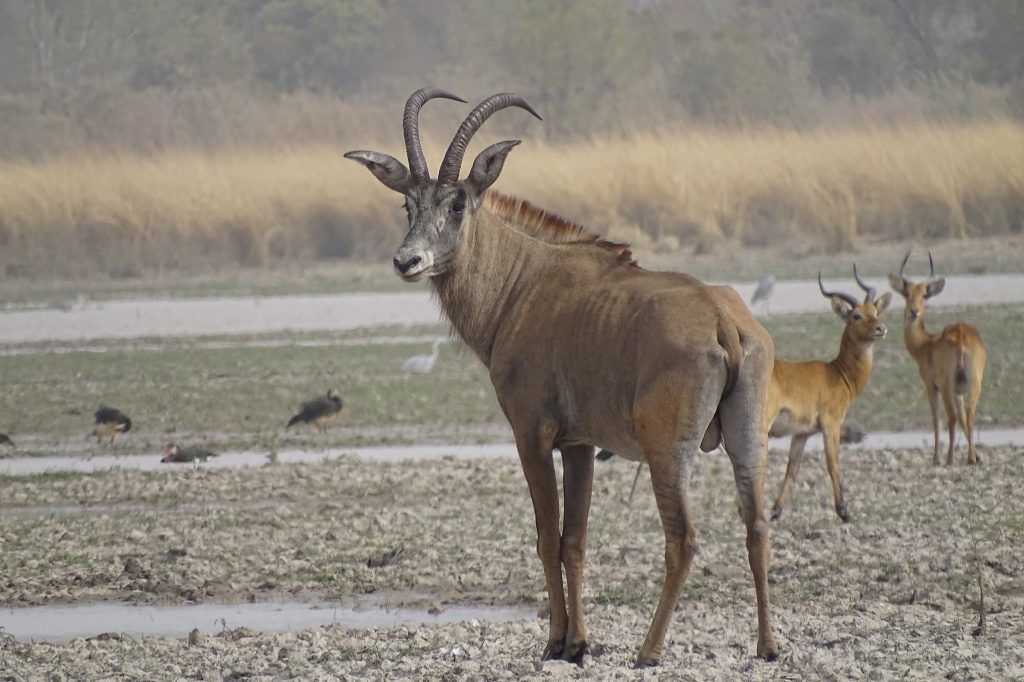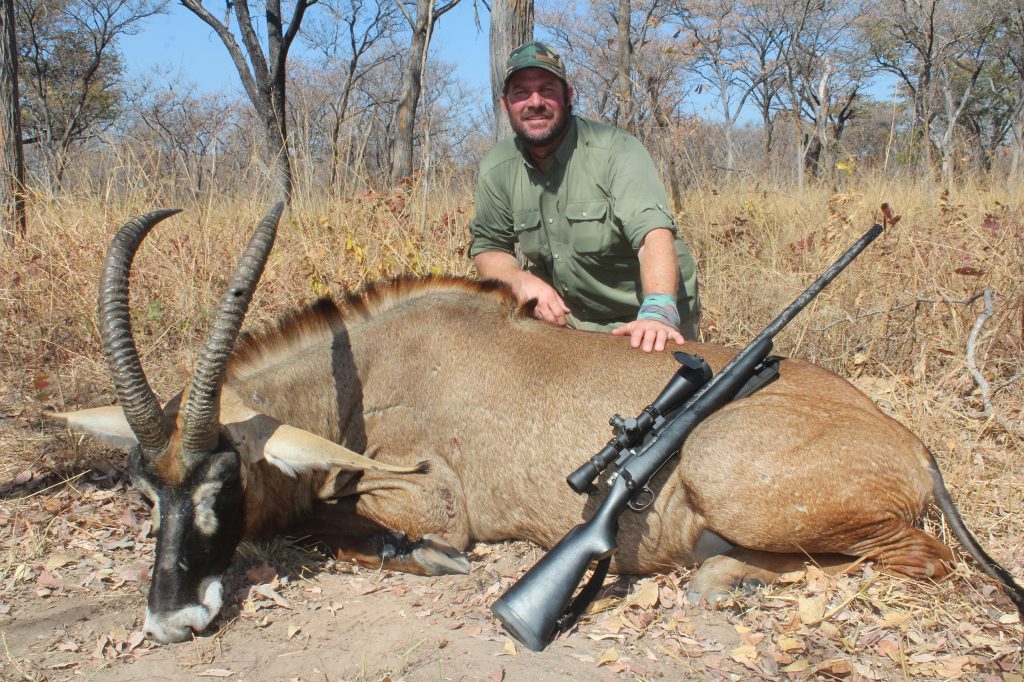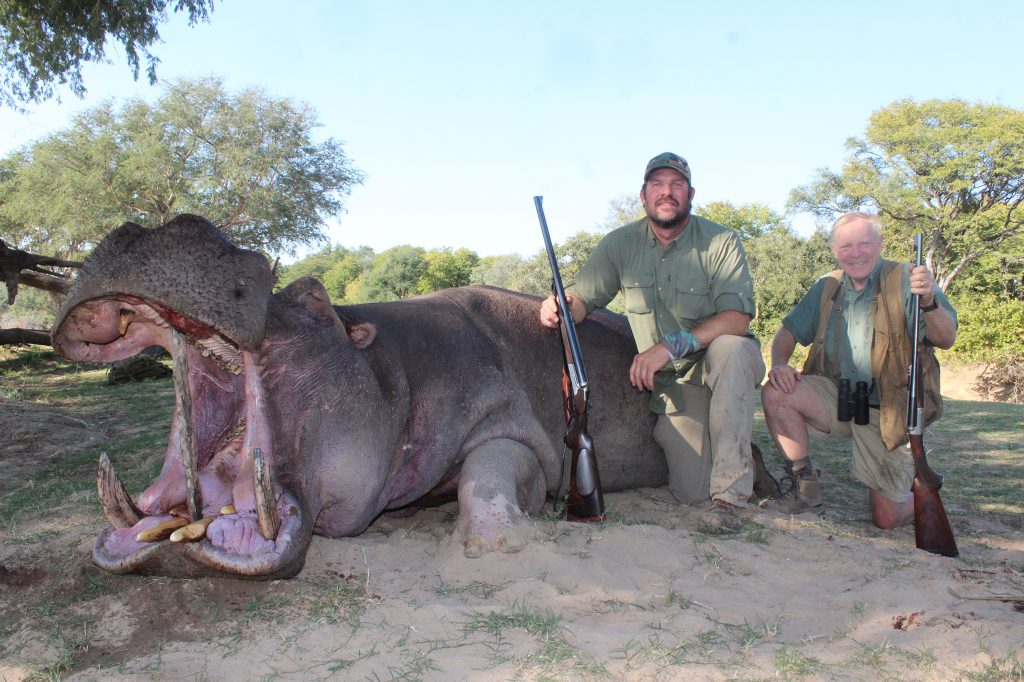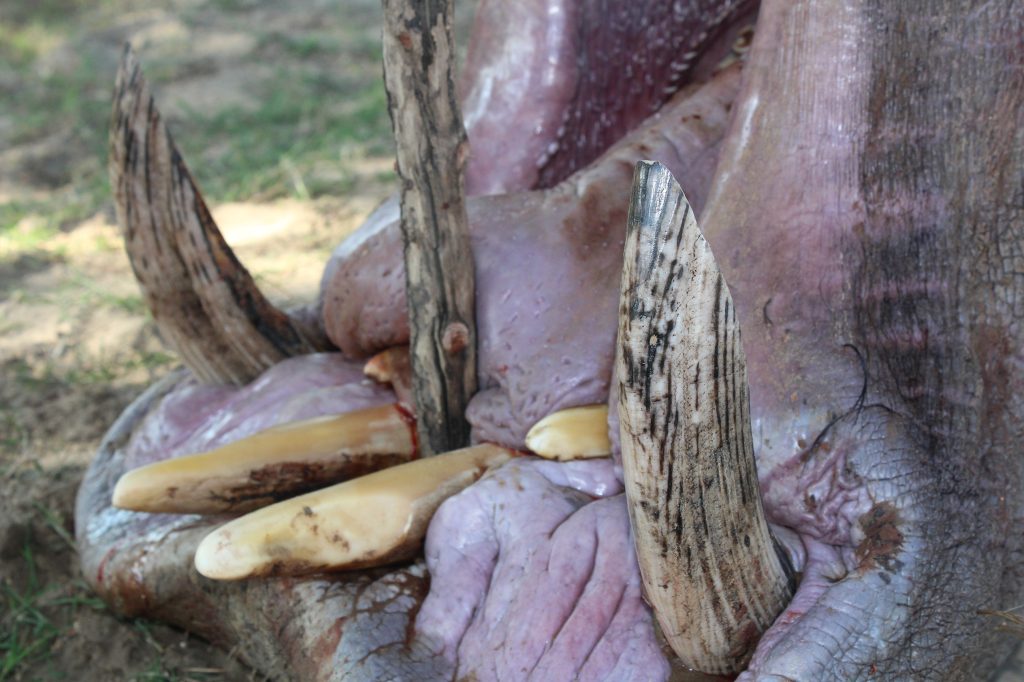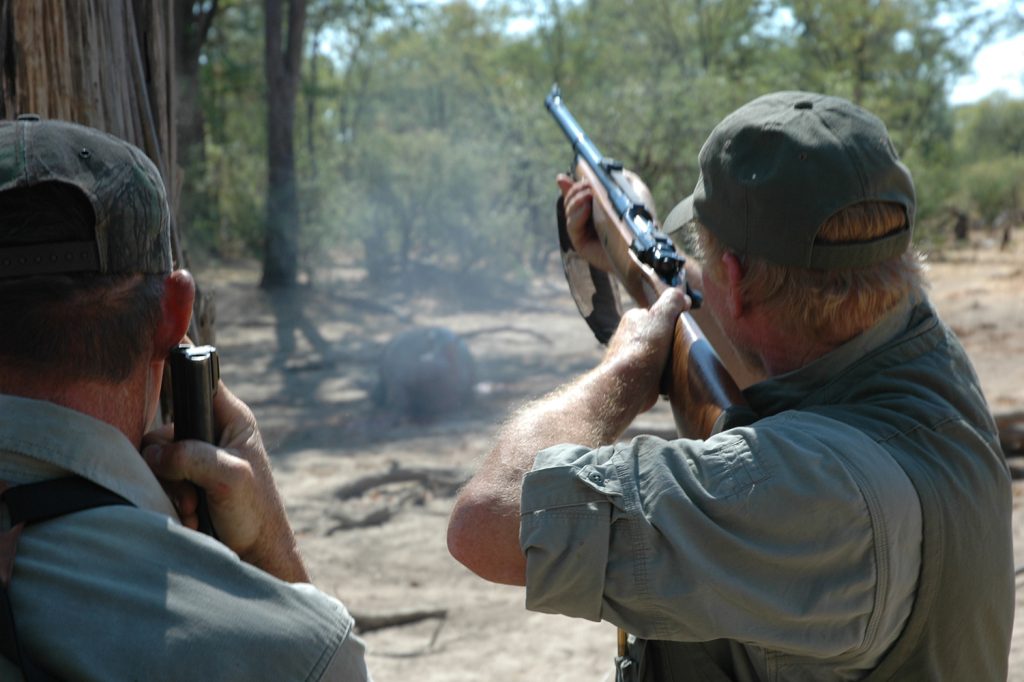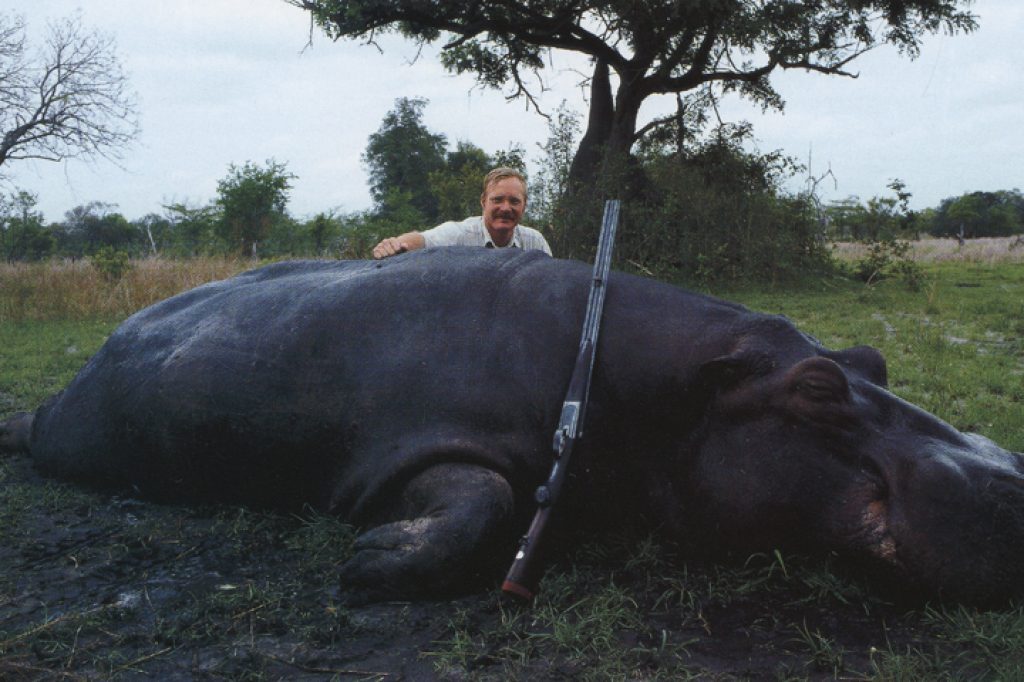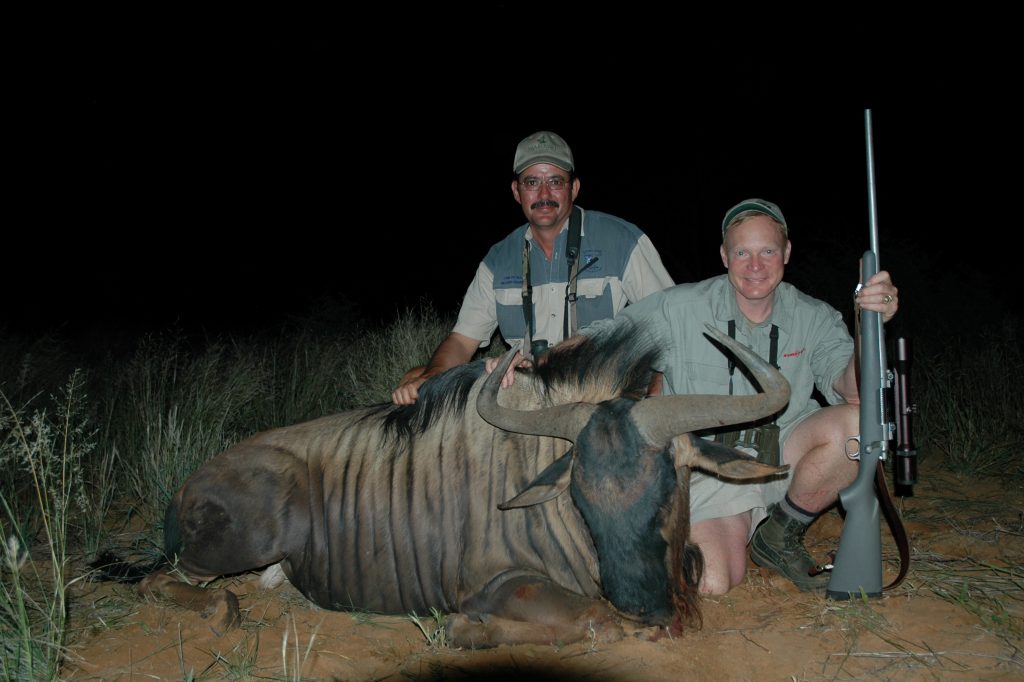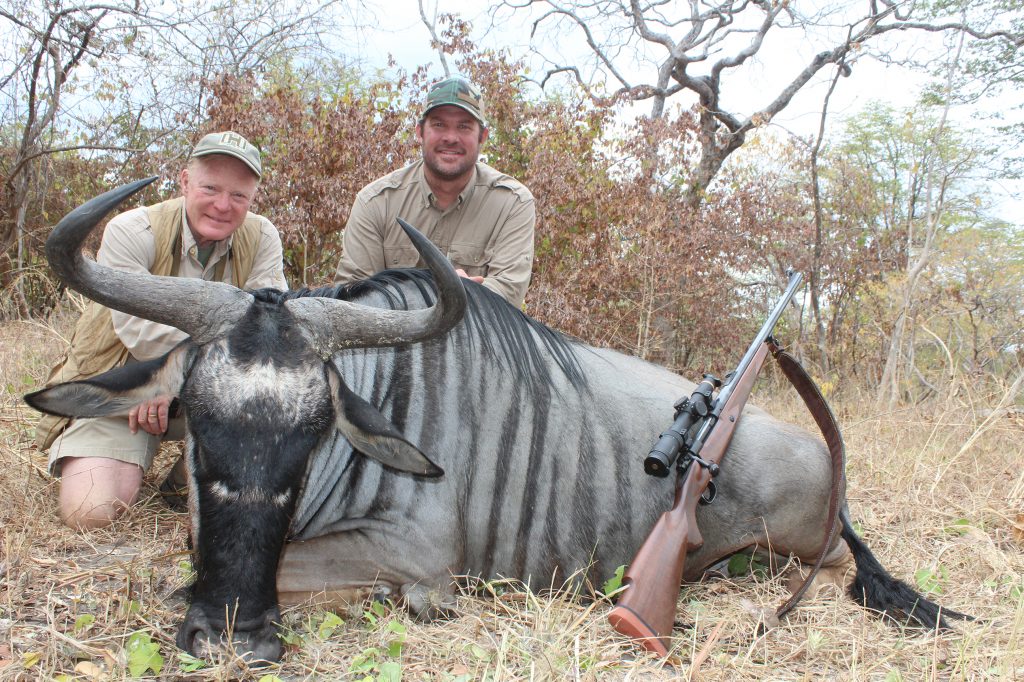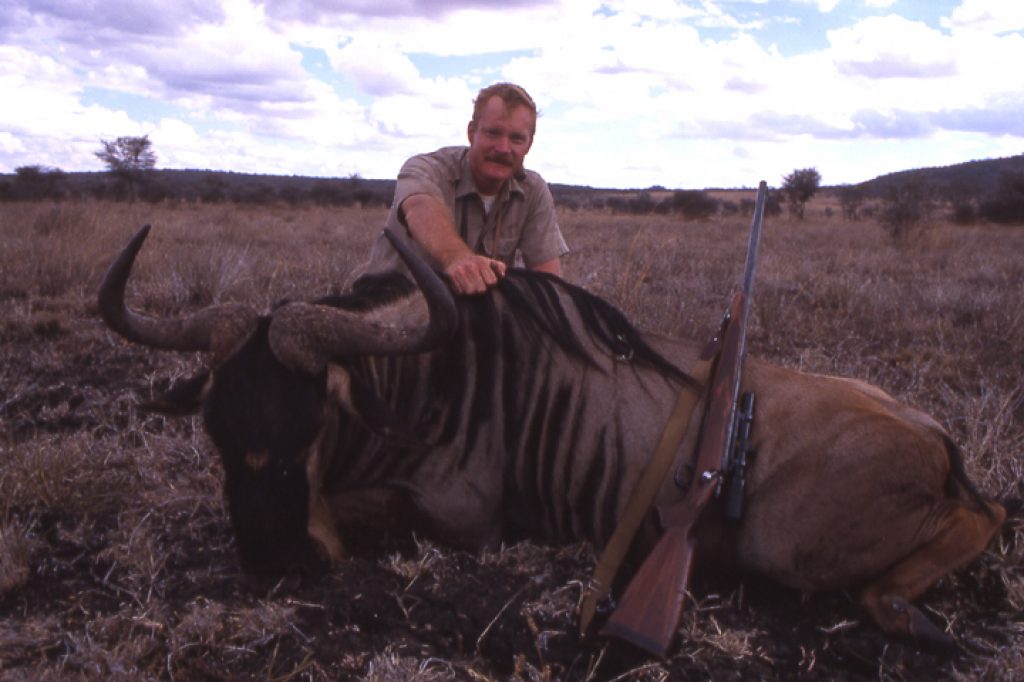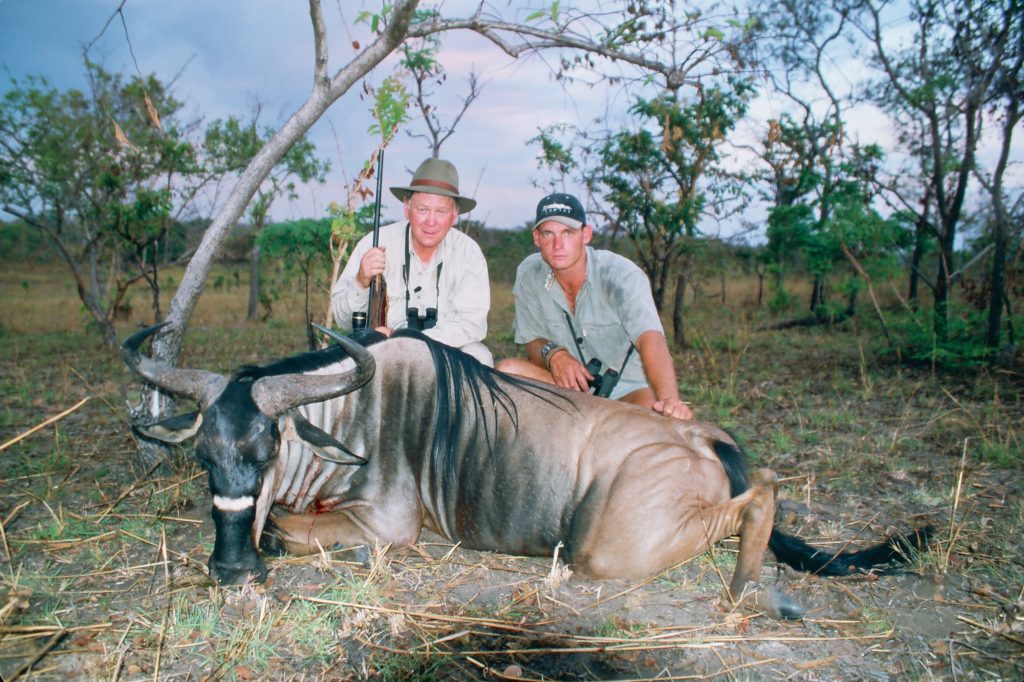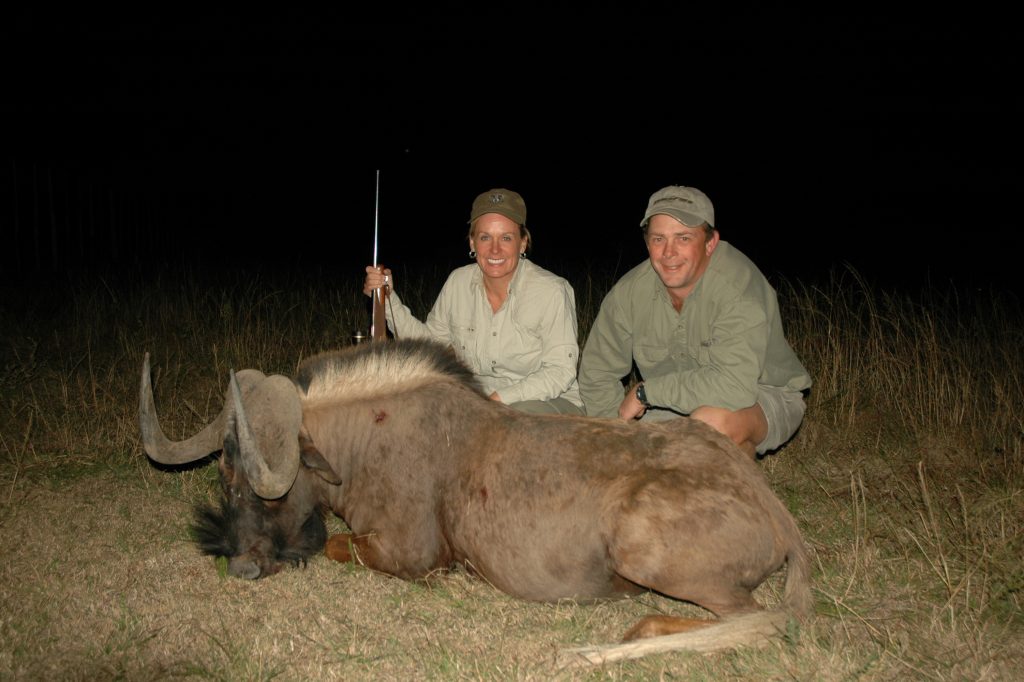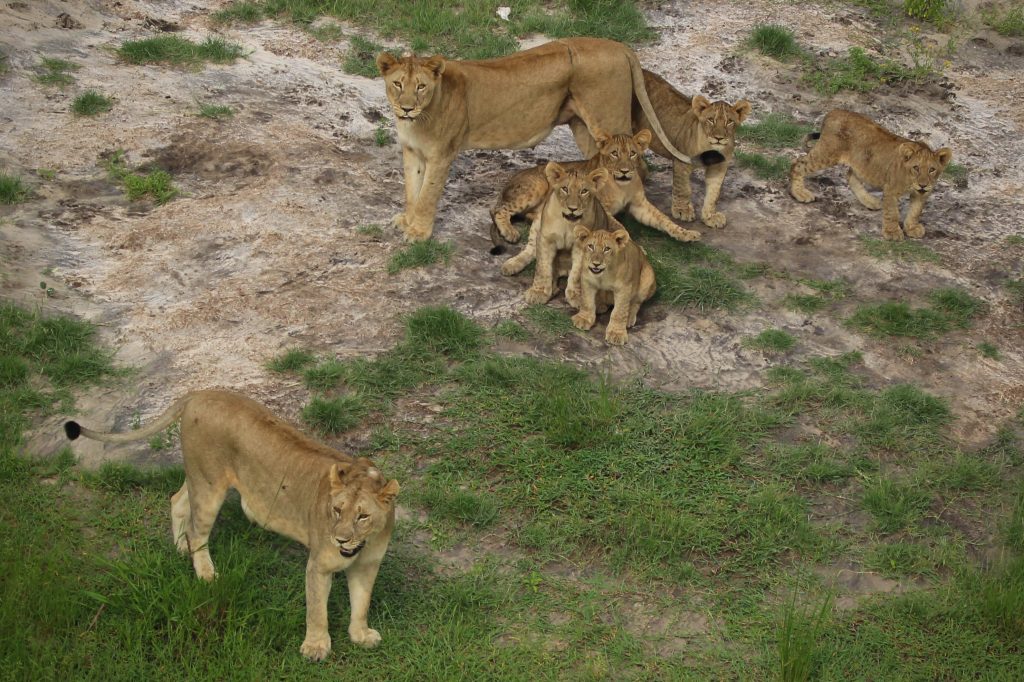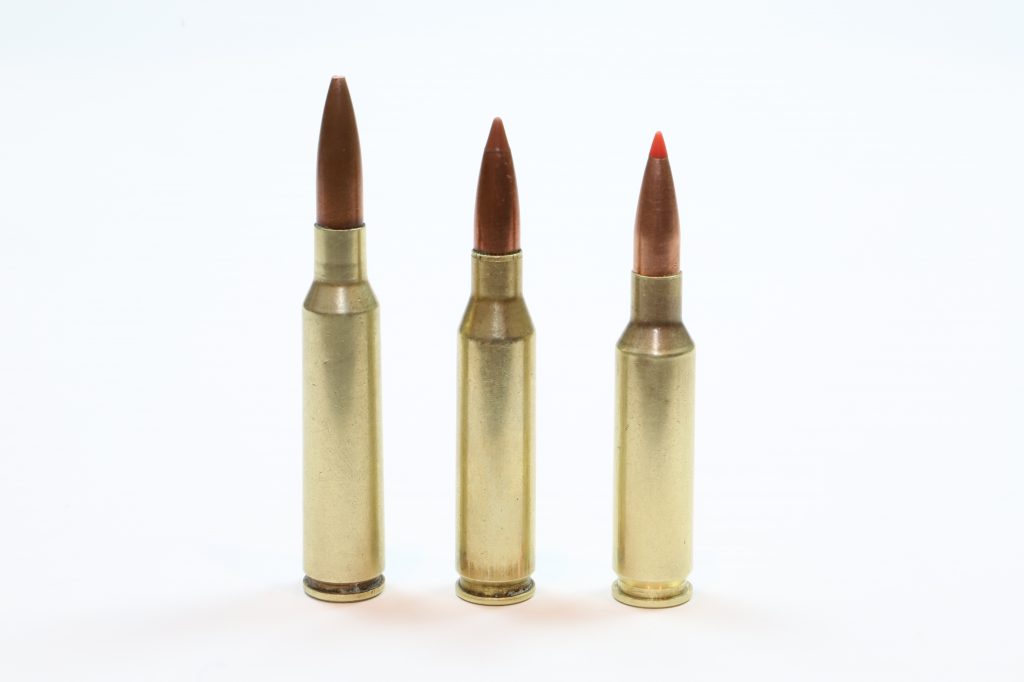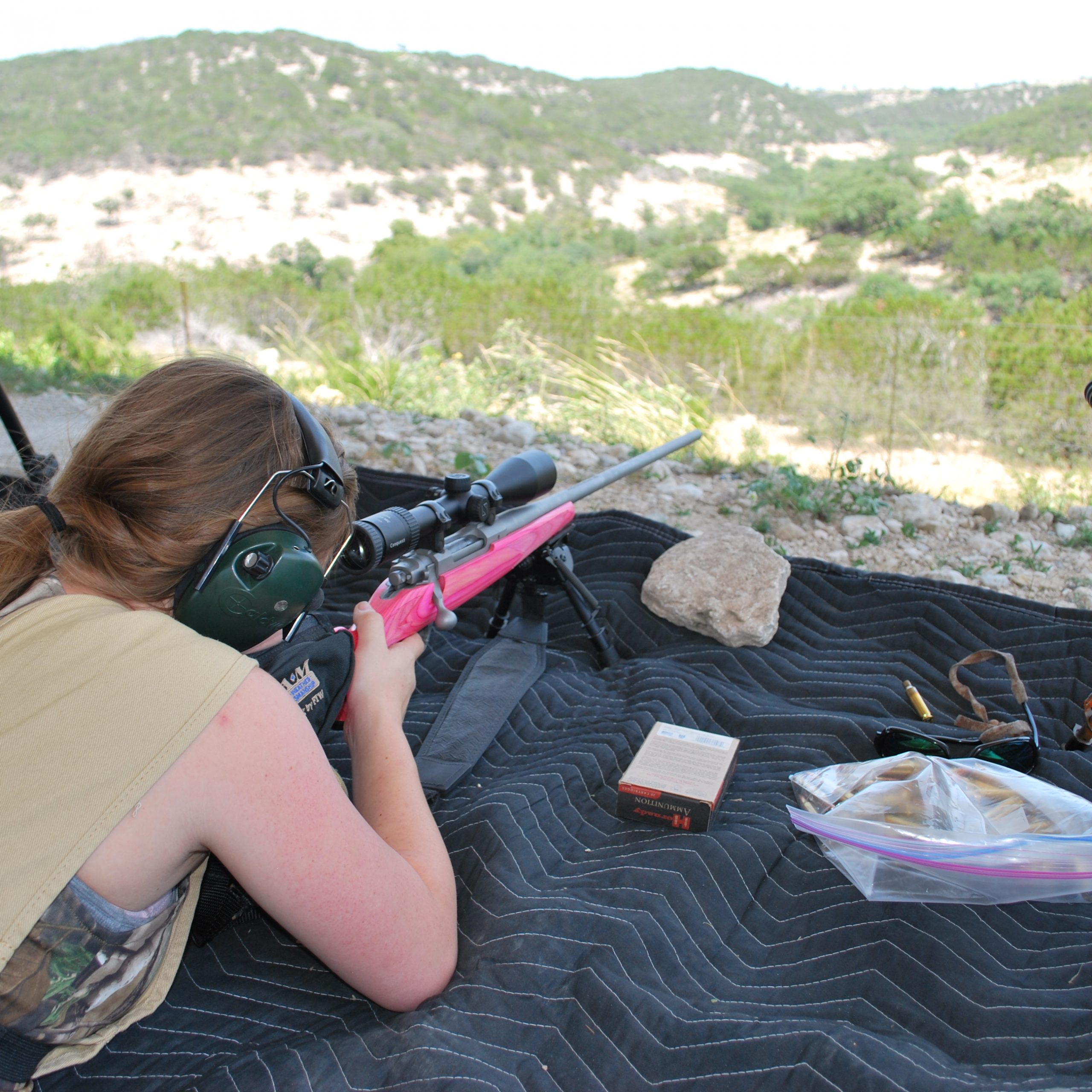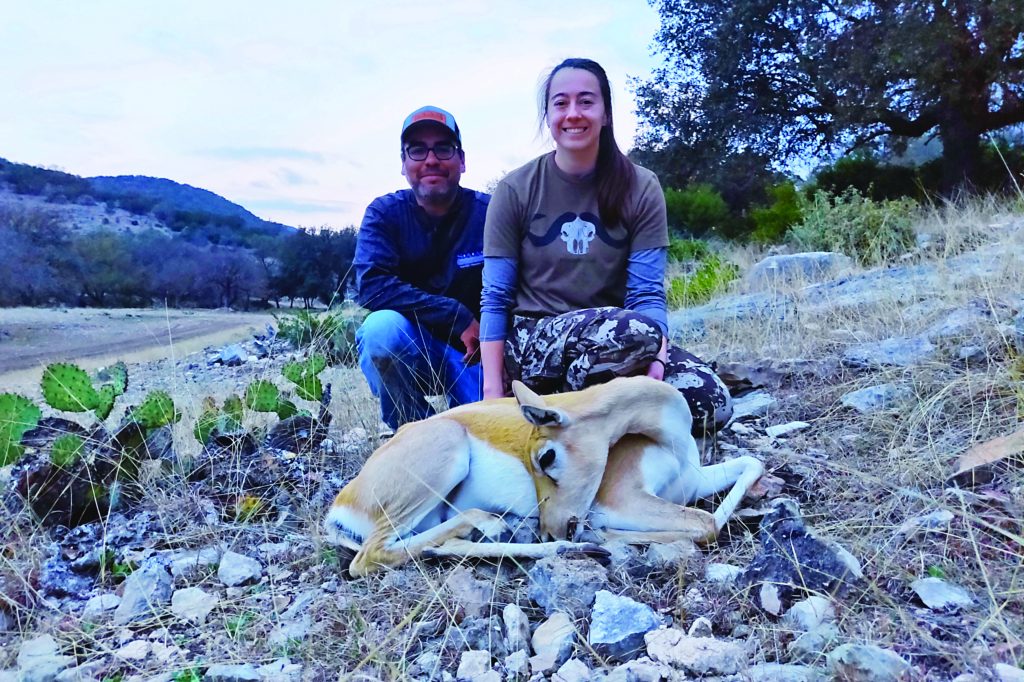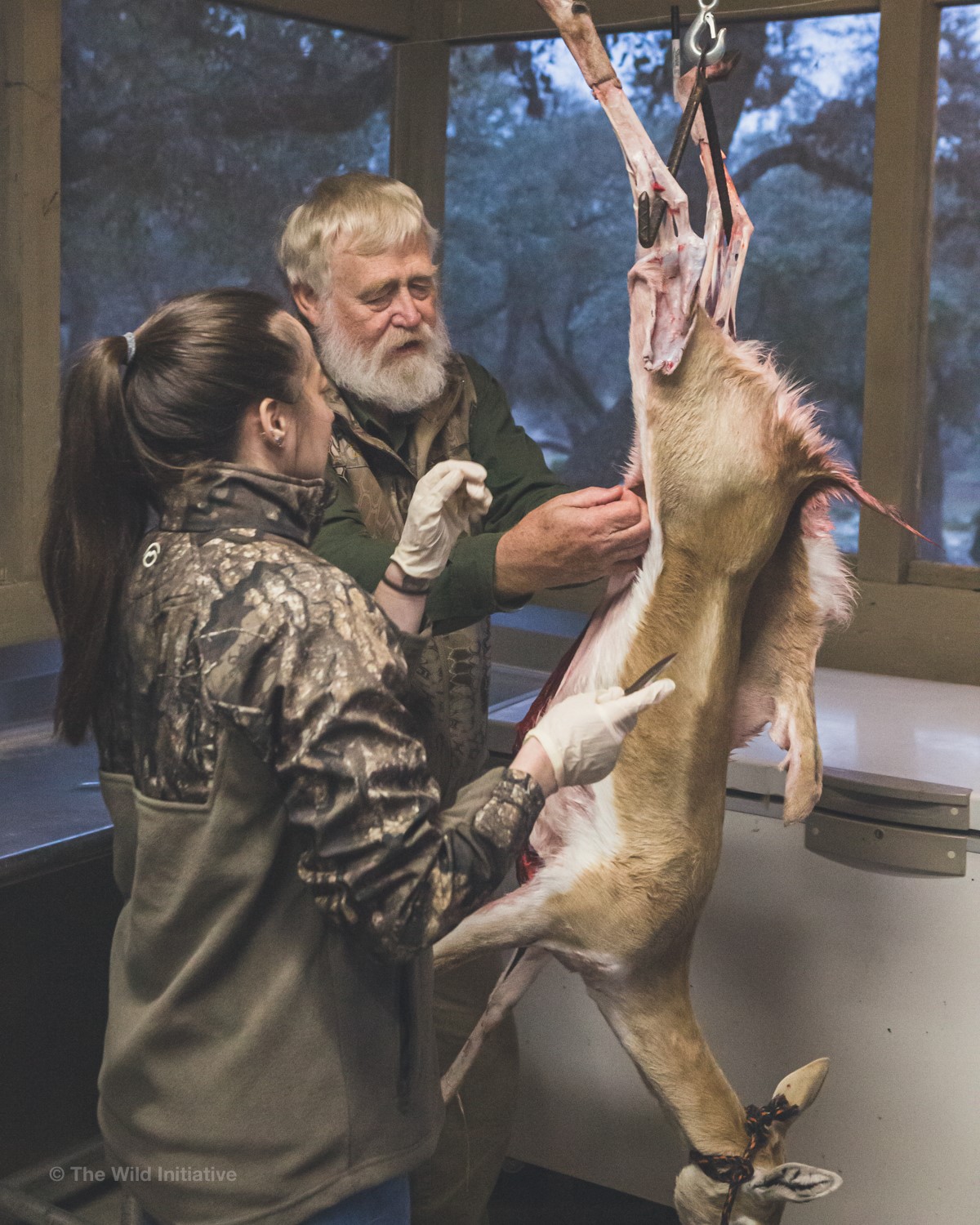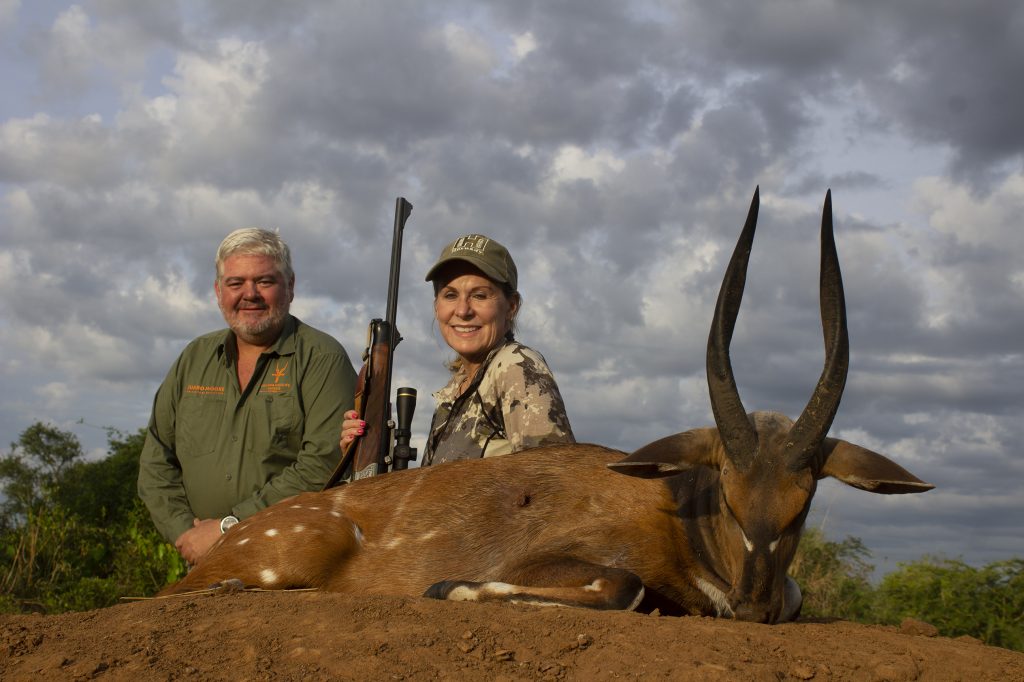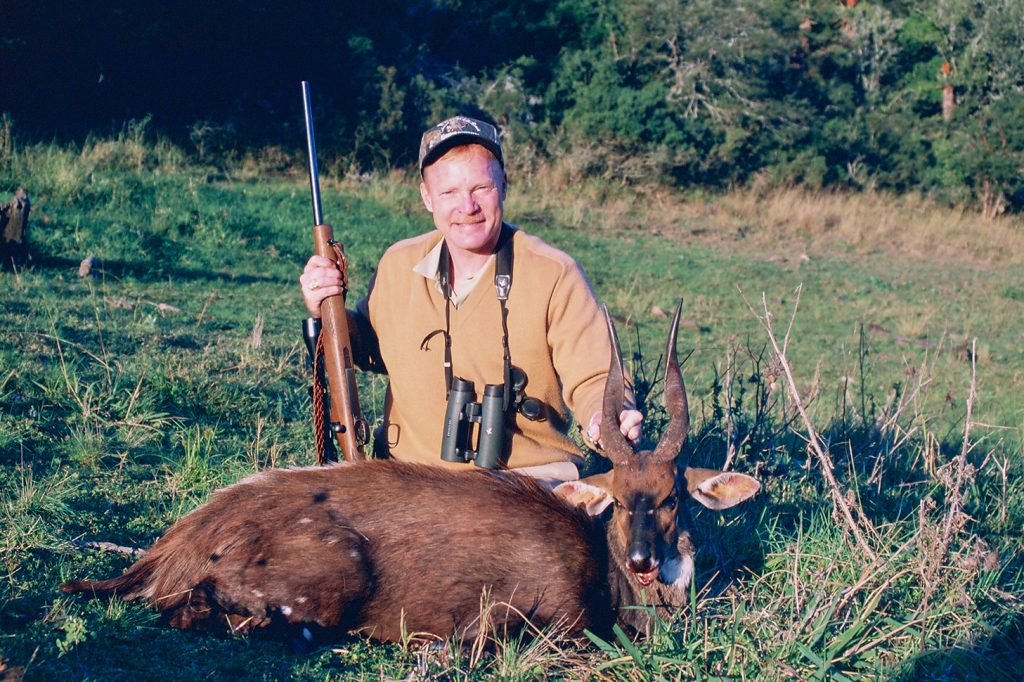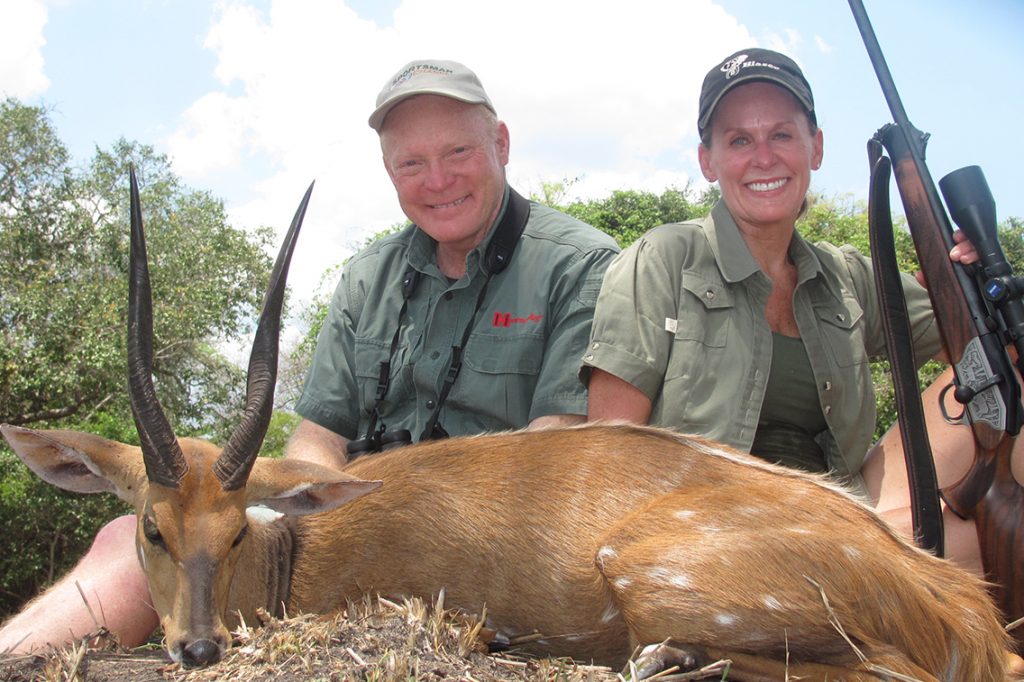The advice to fight back when attacked by a black bear is almost always wrong.
Photo above by Vic Schendel: A bear behaving in a defensive manner makes threatening noises and mock-charges; a predatory bear, on the other hand, moves quietly and purposefully.
With the North American black bear population closing in on a million animals and more people than ever living and recreating in bear country, conflicts between humans and bears are at an all-time high in many areas of the U.S and Canada. Although the subject of potential black bear danger has never been more germane, it is muddled by misinformation, confusion, and outright error. As I pointed out in part one of this article, a careful look at the best facts and studies shows that, despite some extreme and opposing beliefs, black bears are neither “mostly harmless pests,” nor are they “relentlessly predatory killers of people.” They do need to be taken seriously as powerful, intelligent animals that can sometimes be dangerous.
In this column I want to look at more key facts and, with expert help, discuss the best ways to handle various encounters and attack scenarios. First, I need to review some essential bear-safety terminology, so that what comes next can be fully understood and applied in the field. Particularly important is the distinction between defensive interactions and attacks and non-defensive ones. A defensive bear is one that feels threatened in some way, and is attacking (or putting on an aggressive display, maybe false-charging) to eliminate the threat. This might be a sow protecting her cubs, or a lone animal that feels hemmed in or encroached upon, as when someone suddenly appears too close. With grizzlies (brown bears), protecting a food source like a carcass might be another common defensive trigger, though this doesn’t seem to occur often with black bears.
“Non-defensive”–a rather clunky term–is a bear that does not feel threatened, is not defending itself, but is approaching you by its own volition. It could be merely curious, looking for food, dominance testing, or–most rarely–coming at you as a predator. Brown bears, being more aggressive and easily triggered, make more defensive attacks than black bears. (An “attack” is when actual contact is made–not merely a charge.) And because they are fiercer and often larger animals, brown bears more frequently kill people or cause severe injury during defensive attacks.
However, according to a recent study by Janel Marie Scharhag, of 210 non-fatal black bear attacks occurring in contiguous America between 2000 and 2017, more than half (52 percent) were defensive, and most of these were by females with cubs. The majority resulted in minor injuries, but a significant 19 percent were rated “severe.” Interestingly, of attempted predatory attacks (only 15 percent of the total, nearly all by male bears), just 12 percent had severe-injury outcomes. These findings have a number of implications, but one of them is that defensive assaults by female black bears, and especially sows with cubs, are worth taking seriously as a potential danger.
A few more relevant facts from Scharhag’s study will help prepare us for practical readiness in the field. For instance, 69 percent of attacks occurred in “frontcountry” (vs. backcountry) locations. Frontcountry includes “wildland-urban interface” (WUI) settings and accounts for a large portion of human-bear conflict situations, such as bears attacking people in their front yards or garages, and in such unlikely places as Pasadena or suburban New Jersey.
Attacks in frontcountry and WUI settings also make one wonder about the old “99 percent of bears don’t want trouble with people” cliche, since these places are also prime locations for the serious problems of habituation and/or food-conditioning. A food-conditioned bear is one accustomed to finding human-created edibles in state parks, campgrounds, picnic areas, garbage dumpsters, alleys with trash cans, and backyards with birdfeeders, compost piles, pet food, and other consumables; while an habituated bear–which might also be food-conditioned–is one that no longer has a natural fear of people, no longer feels the need to run away and perhaps is willing to move closer, or move someone aside, to seek a meal or whatever else it desires. Scharhag found that food or garbage “attractants” were present at 64 percent of attack locations, and that in 74 percent of attacks there had been a prior “food reward” for the bear or previous evidence that a bruin was using the area. This was especially true (93 percent of the time) with attacks that occurred while someone was camping–which is further proof that keeping a “clean camp” (no food, food odors, garbage, or other attractants nearby) is vital. Camping was the most common activity of attack victims (44 percent), followed, rather surprisingly, by being at home (21 percent). Seventy-three percent of those attacked while camping were in a tent. A common scenario was someone waking up while being bitten through the tent wall when a body part (usually leg, arm, or head) was pushing out against the fabric. The bear detects the bulge, investigates, and takes a bite, which might be more exploratory than predatory. Usually a shout or involuntary scream drives the animal away, but injuries, sometimes serious, do occur–which is why I make it a habit and advise others to keep all body parts at least one foot away from tent walls when bedding down for the night.
Turning now to actual black bear encounters, I must warn that this is a subject fraught with misconceptions, misinformation, and outright bad advice, including from “authority” sources such as some biologists and spokespeople for state and national agencies, advice that can get, and probably has already gotten, people severely injured or killed. Space doesn’t allow sharing the many quotes I could offer here, but the most frequently repeated instructions are that when encountering a black bear one should “be aggressive and loud, yell, wave your arms, throw things,” to intimidate the animal; and if attacked, “never play dead or the bear will keep attacking or feed on you; always fight back as hard as you can…” and so on.
Since the advice on this topic is so muddled, I sought the aid of a longtime friend and bear mentor, John Hechtel, to make sure I was untangling things correctly. John has been a bear specialist and biologist in Alaska for more than forty years, and has lectured and advised widely on bear science and safety.
He immediately agreed that sane information on bear attacks, and black bears specifically, is badly needed.
“I’ve been frustrated about the [advice] to play dead with a grizzly and [always] fight a black bear,” he said, “especially after we’ve tried to stress that it’s not the species, but whether the bear is acting defensively or not. There is ample evidence that grizzlies can be at least as predatory [toward humans] as black bears, and black bear defensive attacks, often provoked by dogs, are also well-documented.”
Defensive black bears, feeling threatened, tend to do one of two things: run away (or scoot up a nearby tree, which is another form of escaping), or put on an aggressive show. If you unintentionally startle a sow with cubs, the bear might react by huffing, grunting, growling, clacking its teeth, ground-swatting, or even making one or more false charges, swerving away well before contact. But–and this is key–with a defensive bear of any species, the last thing you want is to increase the sense of threat by doing what is usually advised: yell, get large, wave your arms, and throw rocks or sticks. The bear is already disturbed and is responding aggressively; there’s no sense in possibly escalating that aggression into a full-blown attack.
“I’m a firm believer in the ‘stand your ground’ approach,” says Hechtel. “The simplest and best thing to do in most encounters is to do very little.” This precludes shouting, arm-waving, or trying to run away or climb a tree. If you can slow down the interaction, that’s all to the good; it tends to make the bear less sure of itself.
“Above all,” he says, “don’t overreact [by running, screaming, etc.]; don’t make things worse.” Even if a bruin is charging or running at you, the longer you stand still (preferably with bear spray or other weapon ready to deploy), the better the chances it will stop short or veer off without making contact.
But what if it keeps coming and actually knocks you down? The most common advice is to fight back as hard as you can and “never play dead with a black bear,” but Hechtel disagrees. Once again, with a defensive attack, the idea is to remove the sense of threat; fighting back does the opposite. Sharhag’s findings support this. In a large number of defensive-attack incidents when the person fought back, the injury-outcomes were significantly more severe than when the person did not fight back. Sharhag concludes that when a black bear is “acting defensively, playing dead is more effective at stopping an attack and results in less severe injuries.”
But what about those occasional cases where a bear seemed to turn predatory after a person tried to play dead? I admit these had me wondering. But Hechtel made an important point: “I think you have to distinguish between appropriate play-dead scenarios versus people doing it prematurely, or with non-defensive bears. People wrongly playing dead definitely have resulted in predatory attacks, but rarely from defensive to predatory.”
An example of “wrong” would be someone who flops down and lies still before a bear has touched them. That virtually invites the animal to come closer and investigate, possibly take an exploratory bite, and then shift to predatory or scavenger-feeding mode. The time to drop is only after a defensive bear has actually hit you and is knocking you down. Then you follow play-dead protocol. (Face down on your stomach, legs partly spread for stability, hands interlaced behind your neck and lower skull.)
There are some instances where this strategy fails, Hechtel admits, “but far fewer cases than where fighting defensive bears resulted in extended attacks and more serious injuries. If 90-plus percent of the time playing dead works best, that’s the best advice you can give for a defensive attack where either a black or brown bear makes contact. You’re playing the odds, but going with much better odds. The numbers of cases where this fails are small and are the exceptions, as far as we can tell.”
Hechtel adds an important proviso: “I also think the need to ever play dead with either species is very rare, not a commonplace response to common bear confrontations. Standing your ground with apparent confidence is huge. And access to a deterrent, which can give people the confidence to do the right thing, is also huge.”
What about “non-defensive” and particularly the less common predatory attacks? Studies by Stephen Herrero and others have shown that the behaviors initially displayed in these cases are quite different and recognizable. Instead of the noise–huffing, teeth-clacking, growling–and visible agitation of a startled or defensive animal, predatory bears (most often lone males) are usually quiet, purposeful, and intent. They might approach directly, with a steady plod, looking right at you; or they might half-circle as they watch and assess, and then close in. Attacks can be fast and silent until contact. Facing this kind of bear, you might still want to begin with the confident “stand your ground” attitude, to see if that alone dissuades the animal by showing you are not going to be timid, easy prey. If the bear keeps approaching, now is the time to put on your own aggressive display, raising your arms to look large, yelling in a deep (not shrill) voice, throwing things and picking up or using a weapon, however crude. You do not play dead with a non-defensive or predatory bear (of any species); you fight back as hard as you can, even if only with fists and fingernails, going for the sensitive nose and eyes.
With any incoming bear, the best remedy is to have a proper “deterrent” at hand. Pepper spray works on black bears and it’s wise to keep a canister within easy reach. According to one study, spray has about a 90 percent efficacy at stopping aggressive behaviors with both defensive and non-defensive animals. As for handguns, they can be effective if you can deploy one quickly and hit what you’re aiming at despite the surprise and fear and adrenaline of the moment. One problem even then is the lethality factor. With a sow and cubs (the most likely to make a defensive charge or attack), would you rather shoot or spray the bear away? I’d rather spray and have everyone live happily ever after. This also involves much less trouble than dealing with a wounded or dead bruin, legal issues, orphaned cubs, and so on. I would, however, prefer to have an appropriate handgun available for dealing with an animal that breaks into a tent, camper, or dwelling, and for aggressive night-bears in general.
A closing thought: Focusing on a specific danger can enlarge it out of actual proportion. So I want to offer a bit of perspective by noting that, while I’ve come upon hundreds of black bears over the years, the vast majority of such experiences don’t even merit the term “encounter.” More like “sightings,” or “fleeting meetings.” I’ve had a few tense moments, but outside of assisting with problem-bear management situations, I’ve only had to draw my spray or gun twice, without firing either time. So clearly, black bears are not a dire threat one need constantly fear or worry about. But they are powerful, opportunistic forager/predators, and they definitely can be dangerous. Anyone who venture outdoors in bear country is well-advised to keep this fundamental reality in mind.

